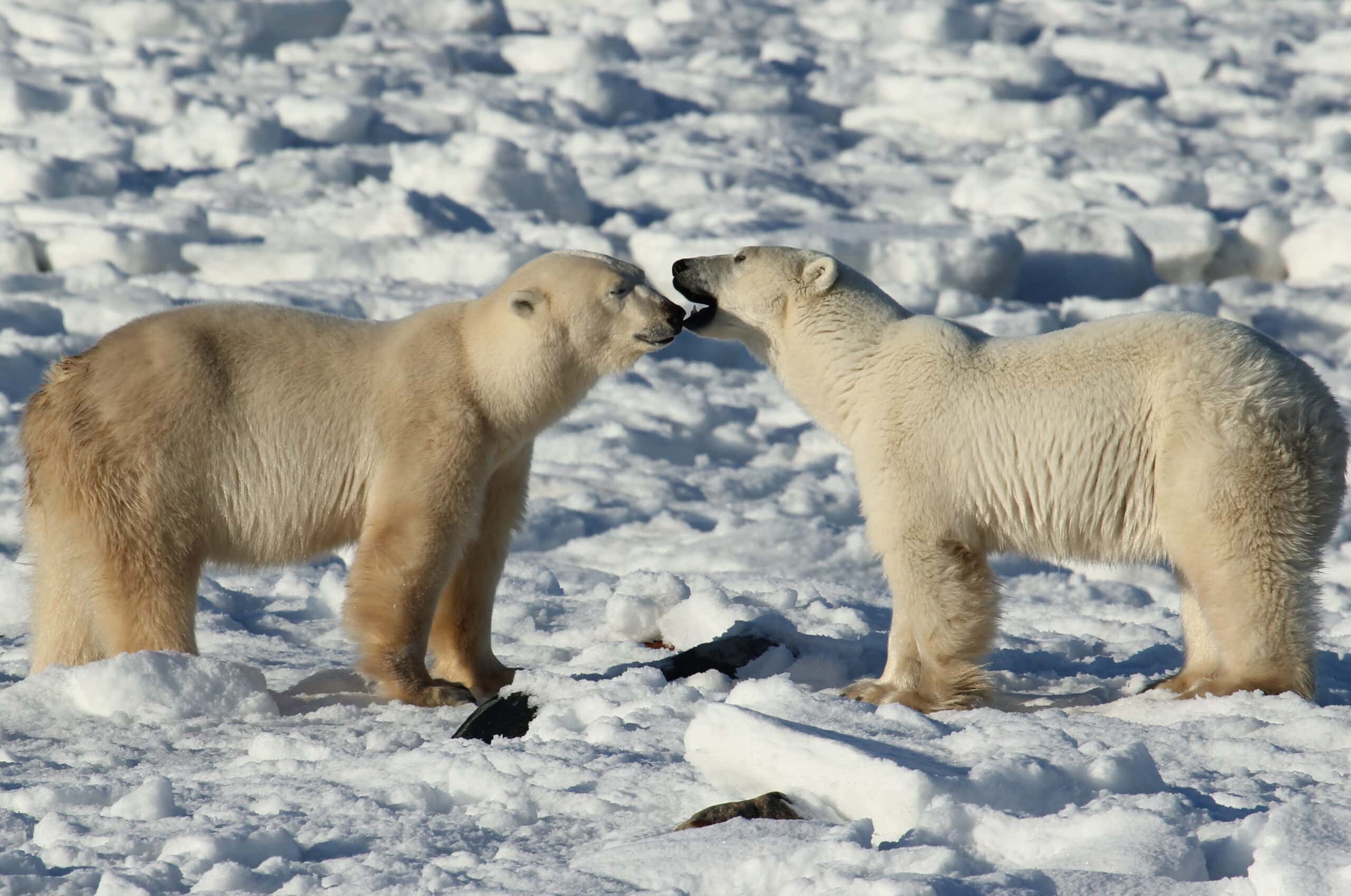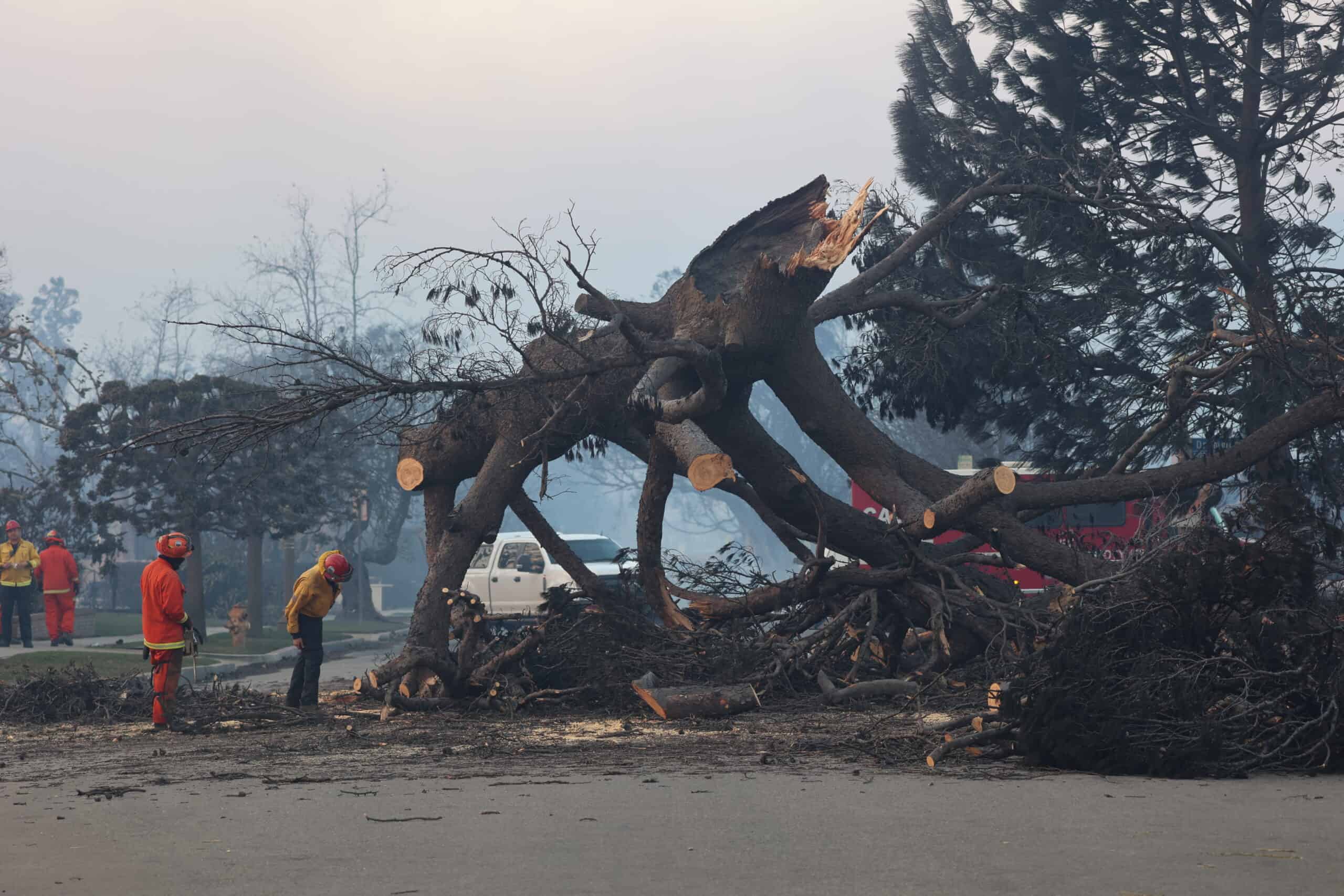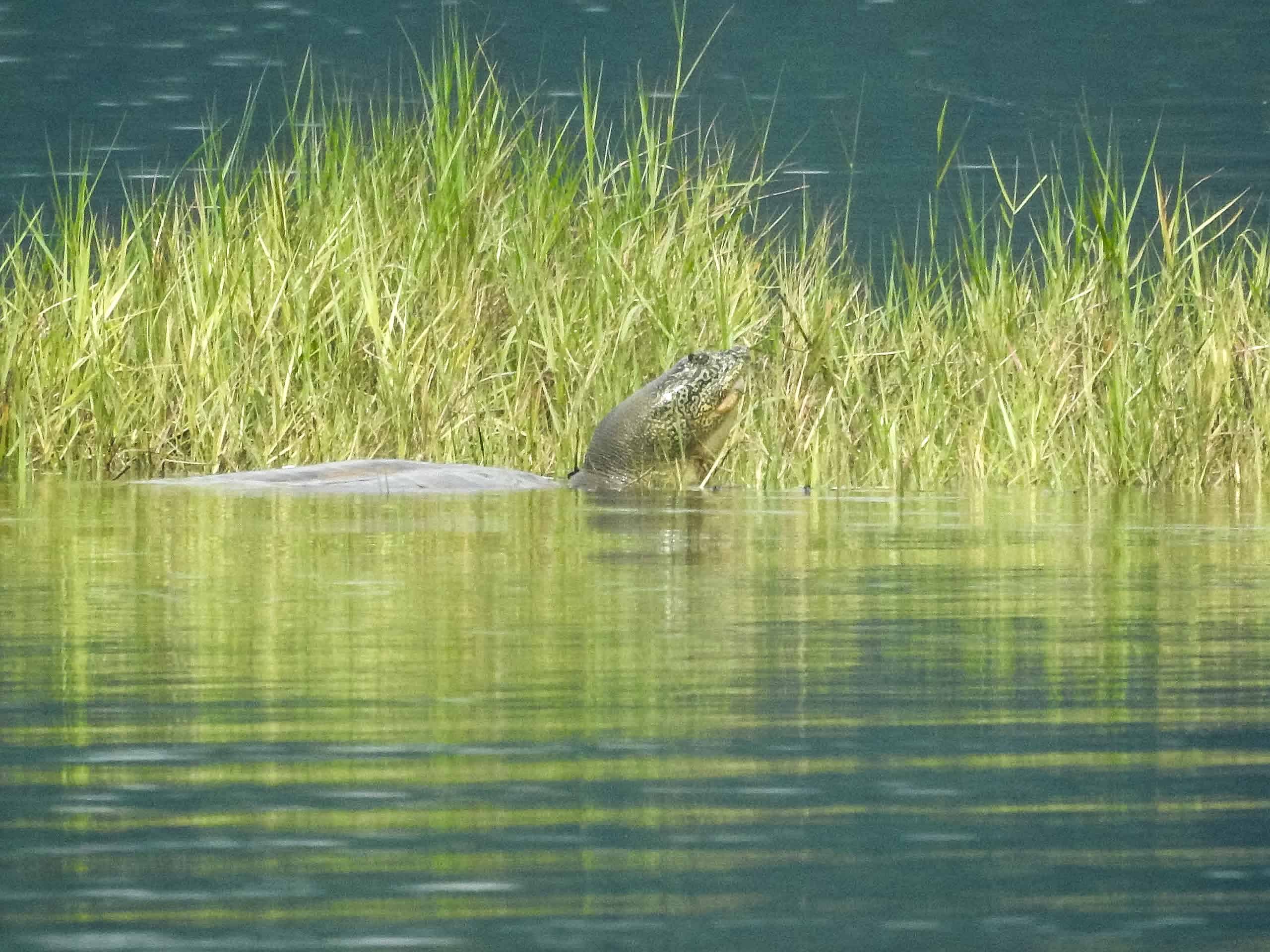Share this article
TWS Issue Statement: The Antarctic
Back to Position Statements page
The Antarctic continent and surrounding Southern Ocean support unique terrestrial ecosystems and some of the world’s most biologically productive neritic and pelagic food webs. At the base of the pelagic food web are Antarctic krill (Euphausia superba), a planktonic crustacean, with an estimated productivity of several billion tons annually. Krill, either directly or indirectly, provide food for most whales, seals, fish, squid, and seabirds that breed in or migrate to the Southern Ocean each year. Small-scale krill fisheries were first established in the 1960s, with several more initiated in the 1980s. Catches since 2010 averaged around 200,000 tons annually, in response to worldwide demand for more protein coupled with advances in technology, prompting concerns about the sustainability of these fisheries, especially considering climate change.
In the neritic system, toothfish (Dissostichus spp.) (a key prey species of seals and Orcas) and minke whales (Balaenoptera bonaerensis) are currently the subjects of exploitation. In 1986, the International Whaling Commission placed a moratorium on commercial minke whaling, although the mammals may be killed for research purposes. From 1986 until 2018, Japan continued to harvest minke whales under this exception, with annual catches >500 between 1997 and 2008. In late 2018, Japan announced its intention to withdraw from the International Whaling Commission and resume commercial whaling.
Fisheries for the Antarctic toothfish (Dissostichus mawsoni) (also called Antarctic cod) and Patagonian toothfish (Dissostichus eleginoides) (also called Chilean Seabass) are regulated by the Convention for the Conservation of Antarctic Marine Living Resources (CCAMLR). Both are currently harvested, but there are concerns that the illegal catch far outweighs that permitted by the CCAMLR and could jeopardize sustainability of both species.
In both pelagic and neritic systems, overharvesting could have serious ecological consequences with cascading effects on the food web. A significant amount of research focused on understanding krill and the pelagic ecosystem is currently underway. In contrast, much less is known about the structure and function of Antarctic neritic food webs, of which the Ross Sea (perhaps the last unaltered marine ecosystem on Earth) is the most productive south of the Polar Front. A sound understanding of the structure and function of the neritic and pelagic ecosystems should be a prerequisite to commercial harvest of Antarctic organisms.
The Antarctic is also rich in mineral resources including coal, oil, uranium, and iron. As demands for fuel and raw materials increase, economies associated with exploration and exploitation of these resources will likely become more favorable, and more nations may look to the globe’s most southerly continent for natural resources. Additional information on distribution of all mineral resources and the potential for conflicts between their extraction and biological resources (e.g., breeding and haul-out locations of wildlife) is required before exploitation begins. Though mineral extraction activities are currently prohibited until 2048, geoexploratory activities are ongoing as part of various nations’ research programs.
As of 2019, the Antarctic Treaty, which came into force in 1961, has 53 signatories from 29 Consultative Parties that collectively govern the Antarctic continent as a scientific preserve. The Convention for the Conservation of Antarctic Marine Living Resources was established in 1980 to monitor and control all fisheries in the Southern Ocean south of 60°S, with the exception of whales which are the purview of the International Whaling Commission. The Protocol on Environmental Protection to the Antarctic Treaty (1991) reaffirmed protecting the Antarctic continent, but not of the surrounding oceans, as a reserve for science and provided for establishing Antarctic Specially Protected Areas.
Increasing demands for resources will fuel disputes and thus, Antarctica provides an outstanding challenge and opportunity for cooperation of the international community for the common good rather than benefits for a few.
The policy of The Wildlife Society, in regard to the Antarctic, is to:
- Support the Antarctic Treaty System and all associated and subsequent agreements pertaining to conservation of Antarctic terrestrial ecosystems and the Southern Ocean.
- Recognize the intrinsic values of Antarctica and the Southern Ocean, and support their use for long-term scientific research to identify the extent of human’s impacts including but not limited to fishing impacts, the ozone hole, and global climate change. Investigations of the Antarctic ecosystems are critical before exploitation of living or mineral resources is permitted.
- Recommend that the natural and historic values of Antarctica and the Southern Ocean be preserved to the greatest extent possible by establishing reasonable controls for potential extractive (e.g., the harvest of living resources, mineral extraction) and non-extractive (e.g., tourism) activities.
The Wildlife Society’s Position Statement on Environmental Quality Through Resource Management is to encourage development and application of scientific management techniques to reduce environmental degradation and to reclaim and restore degraded ecosystems and to support and strengthen use of scientific management to maintain or enhance plant and animal populations for consumptive use or appreciation by humanity.
The Wildlife Society’s Position Statement on Incorporating Wildlife Needs in Land Management Plans supports “the development and implementation of comprehensive land management plans that address wildlife need sin accordance with relevant laws and regulations,” and recognizes “the multiple values of rare and unique environments for wildlife habitat, societal values, and for use in scientific research.”








